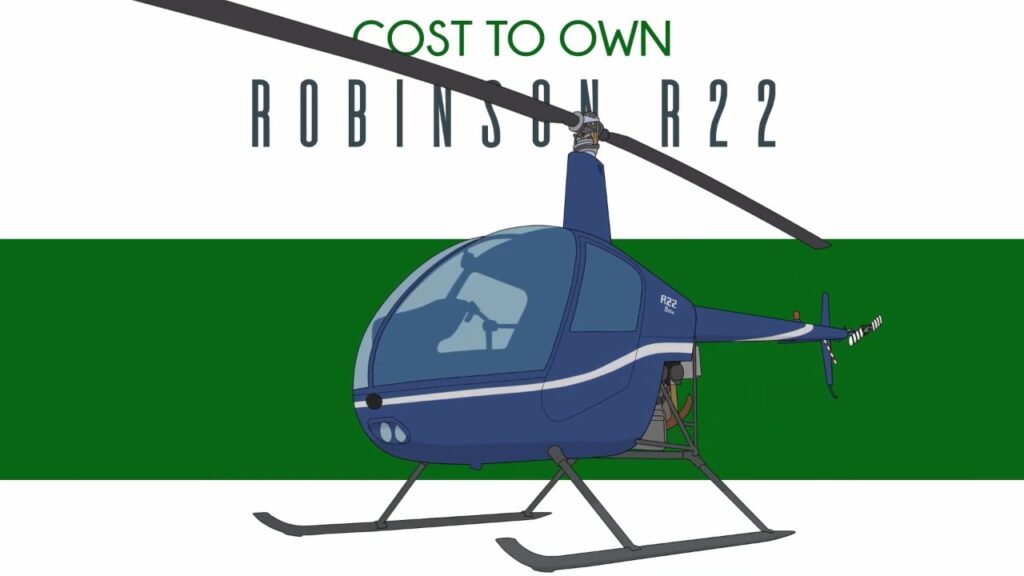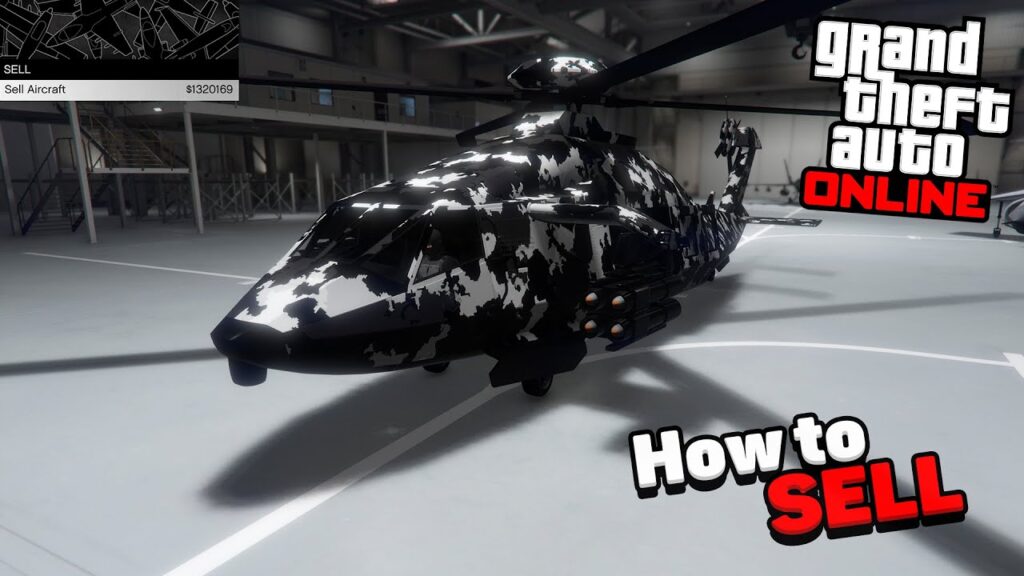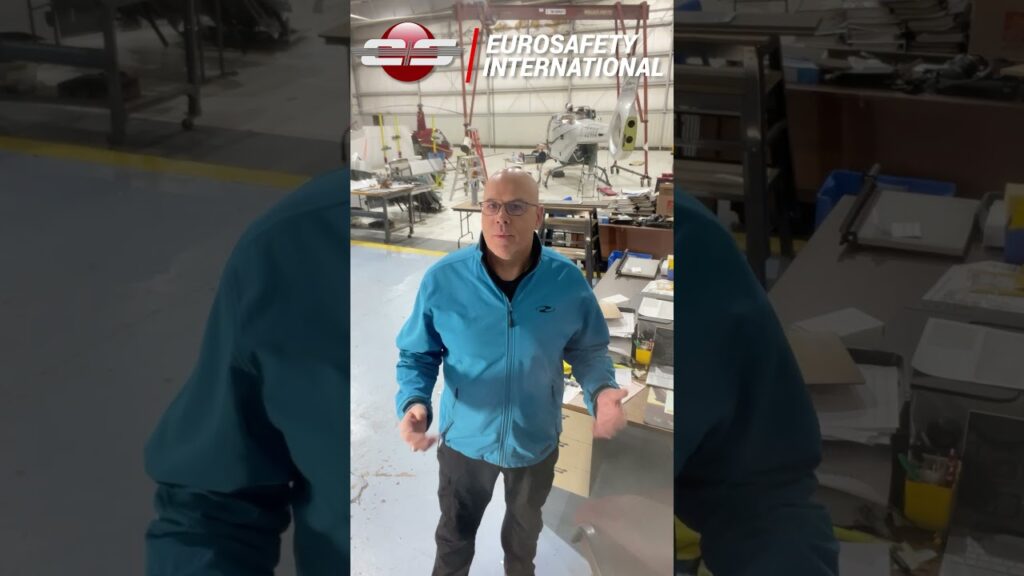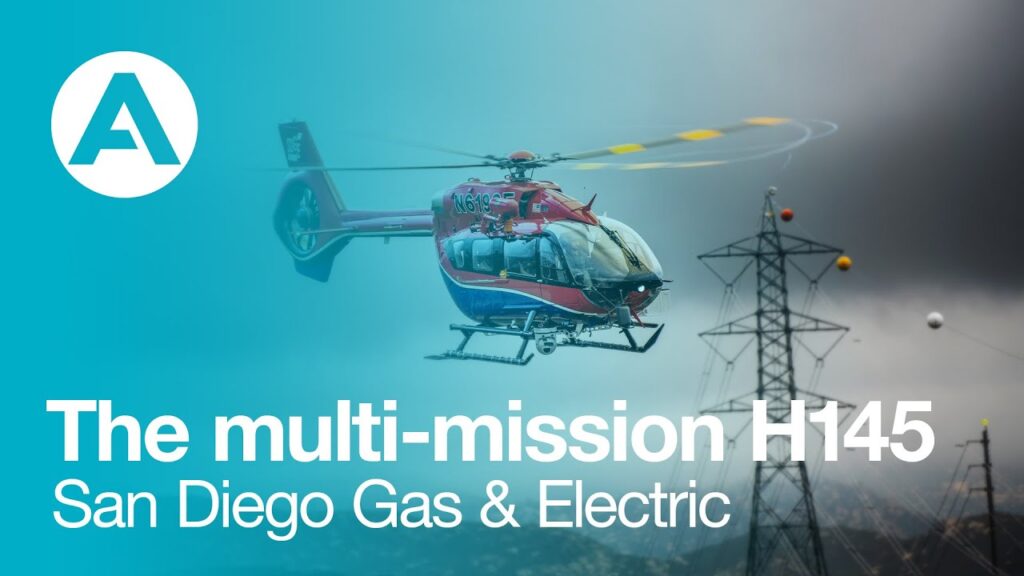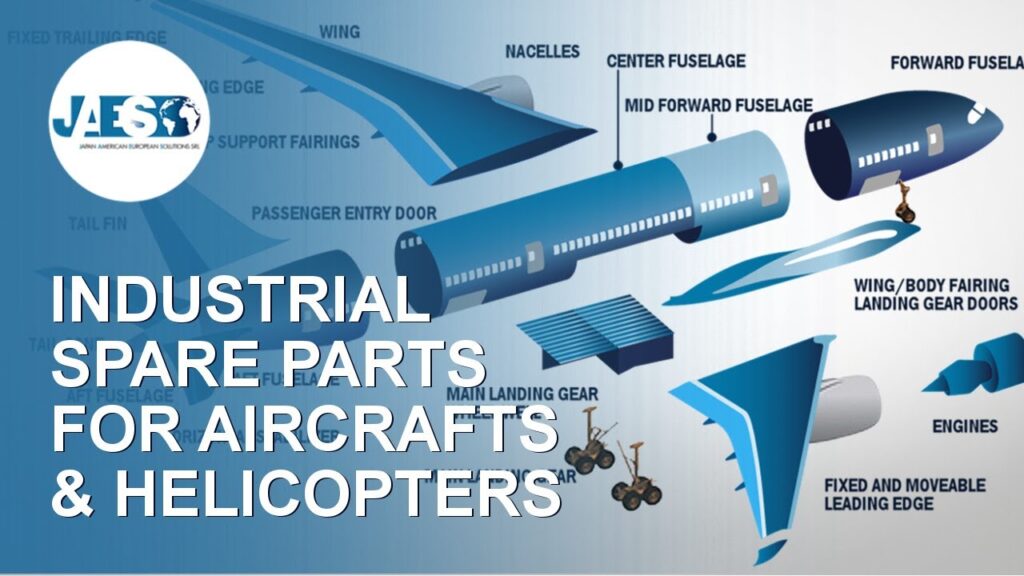Discover the Features of Robinson R22 Helicopters for Sale
The Robinson R22 helicopter is a two-seater, lightweight utility helicopter renowned for its reliability and cost-effectiveness. One of the standout features of the R22 is its teetering rotor system, which contributes to its nimble handling and responsive control. Despite its small size, the R22 is a powerhouse, allowing for both smooth flights and rigorous training sessions—a testament to its robust design and engineering excellence.
When looking at the Robinson R22 helicopters for sale, you’ll notice its aerodynamically efficient design. The airframe is constructed with high-quality materials to ensure safety and longevity. Additionally, the R22 boasts a lycoming O-320 engine that is both powerful and fuel-efficient, making it an excellent choice for would-be pilots and flying enthusiasts who are conscious about operational costs.
Safety features of the R22 include a low rotor RPM warning system, which serves as an essential tool for pilots. The cockpit layout is designed for straightforward navigation and operation, with all gauges and controls positioned for optimal visibility and accessibility. Moreover, the cabin offers a panoramic view, giving pilots and passengers alike an unrivaled visual experience during flight, which is especially attractive for tour operations.
Comparing the R22 Beta I vs. R22 Beta II Models
When looking at the Robinson Helicopter Company’s offerings, the R22 Beta I and R22 Beta II models stand out for their popularity in the civilian training market. These two-seat helicopters have served as a staple for flight schools, private owners, and tour companies alike. While they share a common lineage, the R22 Beta I and R22 Beta II models have distinct features that can influence a pilot’s choice for their specific flying needs.
The R22 Beta I, introduced in the late 1980s, was designed as a cost-effective entry-level helicopter. Its lightweight frame and responsive handling made it a favorite for new pilots. However, the Beta II, which succeeded the Beta I in 1995, introduced a series of improvements. One notable upgrade is the more powerful Lycoming O-360 four-cylinder engine, which provides enhanced performance, especially beneficial at higher altitudes or in hotter conditions where air density is lower.
Another area of advancement in the R22 Beta II is the increased maximum takeoff weight. The Beta II allows for an additional 100 pounds of weight when compared to the Beta I. This increase not only offers the flexibility to carry more fuel—extending the helicopter’s range—but also accommodates heavier passengers or additional cargo, making it a more versatile choice for commercial tour operations.
In terms of avionics and instrumentation, the R22 Beta II generally comes equipped with a more modern suite compared to the Beta I. The Beta II’s standard equipment includes more sophisticated communication and navigation devices, which can increase safety and situational awareness during flight. This is particularly advantageous for tour operations, where consistent communication and reliable navigation are key to operation.
While both models have a reputation for reliability and cost-efficiency, maintenance considerations between the Beta I and Beta II may also influence a buyer’s decision. The R22 Beta II has an increased Time Between Overhaul (TBO) period, which spreads the maintenance costs over longer operating hours. This translates into potentially lower annual maintenance expenses and downtime for the Beta II, a significant factor for high-usage commercial tour operators.
Why the Robinson R22 is the Helicopter of Choice for Pilots
The Robinson R22 helicopter is a feat of aviation engineering that has risen in popularity among pilots across the United States. Its compact size and agility make it an ideal choice for a wide range of flying missions, from training new pilots to executing precise maneuvers that larger helicopters might find challenging. The R22’s reputation for reliability and performance, even in demanding conditions, has solidified its position as a preferred helicopter for pilots of all skill levels.
Ease of maintenance stands out as one of the top reasons the Robinson R22 is especially favored by pilots and flight schools. Simple construction and readily available parts ensure that the helicopter remains in service with minimal downtime. Pilots appreciate knowing that their R22 is as practical in the hangar as it is in the air, an essential factor for commercial and instructional operations where availability is crucial.
The R22’s affordability also lends itself to be the choice helicopter for many. Not only is its initial purchase price more attainable compared to other models, but the ongoing operational and maintenance costs are relatively low. This has a significant impact on making helicopter flight more accessible to a wider audience, including private owners and emerging pilots who are still at the beginnings of their aviation careers.
Furthermore, the R22’s flight characteristics are highly regarded by pilots due to its incredibly responsive handling. It affords pilots precise control, allowing them to hone their skills with confidence. The R22’s dependable feedback through its controls gives pilots a clear understanding of helicopter dynamics, often described as being one of the best platforms for mastering the art of rotary-wing flight.
In addition to all these benefits, the R22’s safety record continues to be a compelling reason for pilots’ preference. Its robust safety features, along with a solid training protocol provided by Robinson, ensure that pilots are well-prepared to manage the R22 safely. The helicopter’s design takes into account the likelihood of pilot error, creating a forgiving environment which is particularly important for those in the learning phase of their flying careers.
Finding the Best Deals on Robinson R22 Helicopters
When it comes to finding the best deals on Robinson R22 helicopters for your aerial tour adventures in the USA, it’s important to start by defining your needs. The R22 has long been a favorite for training, photography, and recreational flying due to its affordability and ease of operation. However, understanding your specific requirements will guide you towards the right deal. Consider factors like the total flight hours on the helicopter, its maintenance history, and how well it has been upgraded to meet modern standards.
Conducting thorough research is vital in your quest for a Robinson R22 helicopter deal. Begin by comparing prices across different platforms, including aviation marketplaces, dedicated forums, and classified ad sections of aviation publications. Don’t hesitate to reach out to current R22 owners or operators, as they might have insider tips or leads on upcoming sales. Remember to verify the credibility of the seller and the authenticity of the listed helicopter to ensure a legitimate and fair transaction.
Another crucial aspect to finding a great deal on an R22 is considering the timing of your purchase. Market fluctuations can significantly affect pricing. For instance, off-peak seasons may present more favorable prices as demand for helicopter tours drops. Additionally, end-of-year sales or auctions can provide opportunities to purchase a helicopter at a lower cost than the standard market rate.
Lastly, always enlist the help of an experienced aviation professional. They can assist in performing pre-purchase inspections and reviewing maintenance logs, ensuring that you get a helicopter in top condition. Their expertise may also help in negotiating better terms and identifying any potential red flags. It’s an investment that could save you a great deal of time and money in the long run, securing the best possible deal on a Robinson R22 helicopter for your business.
Maintaining Your Robinson R22 to Ensure Long-lasting Performance
The Robinson R22 is a popular choice for helicopter tours due to its reliability, ease of maintenance, and cost-effectiveness. To ensure your R22 remains in top condition, regular maintenance is paramount. Following the manufacturer’s recommended maintenance schedule is not just a suggestion—it’s a requirement for safe and efficient operations.
Begin with daily pre-flight inspections which should include checking the helicopter’s oil levels, inspecting the belts, and ensuring that all controls are functioning properly. It’s also crucial to look for any signs of wear and tear, which could compromise safety mid-flight. A thorough check can often prevent major issues from arising at an inopportune time.
Routine Maintenance Checks
Routine maintenance should be performed every 100 flight hours. This involves more in-depth examinations of the engine, rotor system, and other critical components. It’s also a good time to replace parts that are known to have a limited lifespan. Paying close attention to the R22’s specific maintenance checklist can ensure nothing is overlooked.
Long-term care is equally important, which includes overhaul services as recommended by Robinson. Generally, this means an overhaul every 2200 flight hours or 12 years, whichever comes first. During an overhaul, nearly all of the helicopter’s components are inspected, repaired, or replaced, ensuring another lifespan of consistent and reliable performance.
Lastly, proper storage of the R22 when not in use can greatly affect its longevity. Keep it in a hangar that is dry and protected from the elements to avoid unnecessary wear. Also, consider the climate where the helicopter is stored—if you’re in a coastal area, take steps to protect against corrosion from the salty air. By looking after your R22 carefully, you ensure that it will be ready to provide outstanding experiences to your passengers for years to come.

